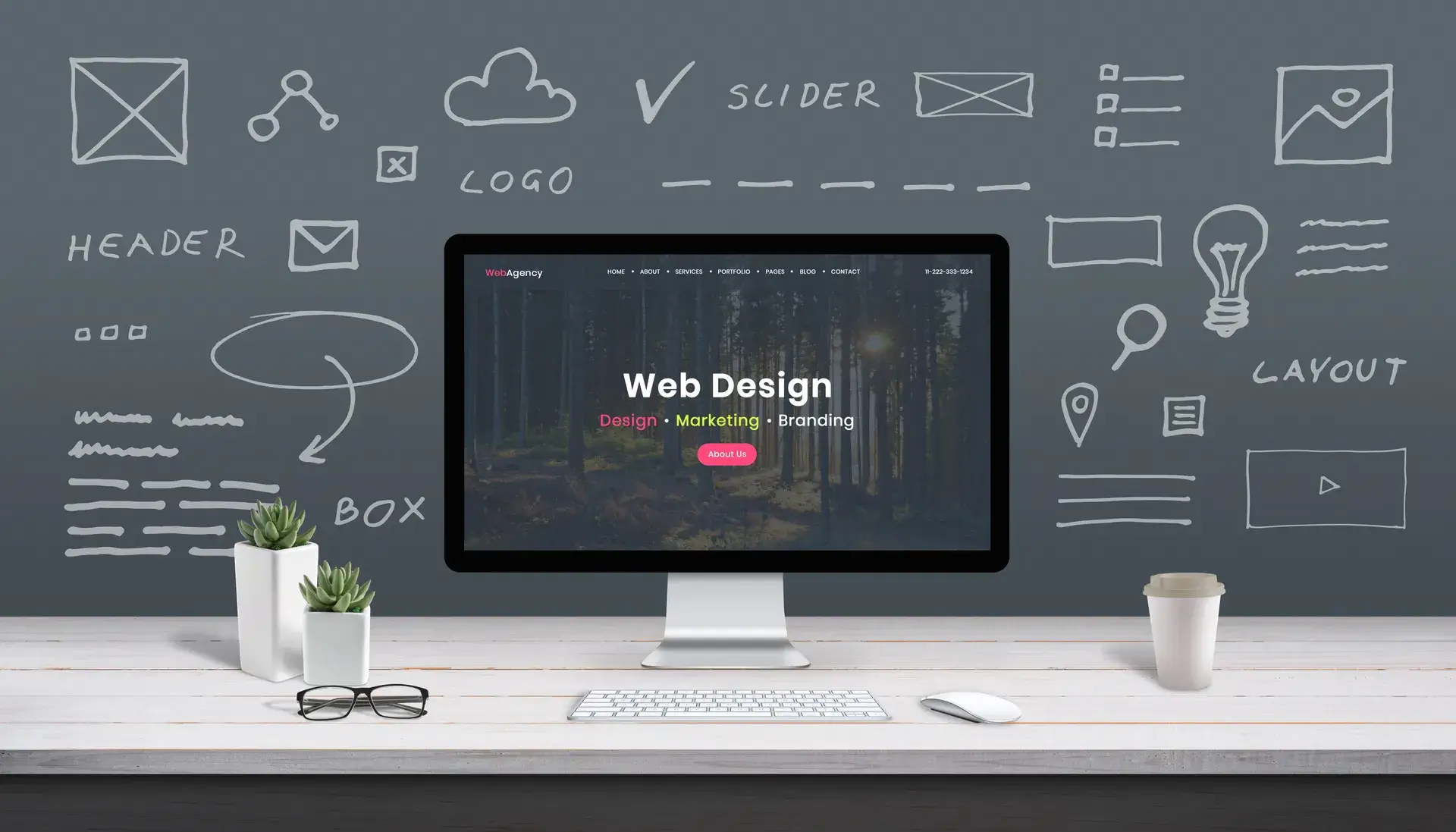Your homepage is often the first point of contact for visitors to your website, making it crucial to create a powerful and engaging design. In this post, we'll explore the best homepage design practices, including essential elements to include, common mistakes to avoid, and how an effective design can improve user experience and conversion rates.
Why Your Homepage Matters
The homepage serves as the virtual front door to your business. It sets the tone for your brand and significantly impacts how users perceive your website. A well-designed homepage can lead to higher engagement, lower bounce rates, and increased conversions.
1. Simple and Intuitive Navigation
Effective navigation is essential to help users find what they are looking for quickly. Consider these tips:
- Limit Menu Items: Keep your navigation menus concise with essential links that users need.
- Use Descriptive Labels: Ensure that your menu items clearly convey the content they lead to.
- Mobile-Friendly Navigation: Design a responsive menu that works seamlessly on all devices.
2. Engaging Visual Design
Visual elements play a crucial role in catching visitors' attention. Here are some tips for a captivating design:
- High-Quality Images: Use professional images that reflect your brand identity.
- Consistent Branding: Utilize a cohesive color palette and typography that align with your branding.
- Whitespace: Incorporate whitespace to enhance readability and focus on key elements.
3. Clear Call-to-Action (CTA)
Your homepage should guide visitors towards what action you want them to take. Effective CTAs include:
- Contrast: Make your CTA buttons stand out using colors that contrast with the background.
- Action-Oriented Text: Use compelling phrases like “Get Started” or “Learn More” to encourage clicks.
- Placement: Position CTAs prominently above the fold for immediate visibility.
4. Compelling Content
Your homepage should provide a snapshot of your business. Consider these content tips:
- Clear Value Proposition: Clearly articulate what makes your business unique within the first few seconds of viewing.
- Use Short, Engaging Text: Write concise copy that delivers key messages quickly.
- Incorporate Testimonials: Feature positive customer reviews or case studies to build trust.
5. Optimized for Speed and Mobile
Website performance directly affects user experience. Ensure your homepage is designed for:
- Fast Loading Times: Optimize images and minimize code to enhance speed.
- Responsive Design: Ensure your homepage looks great on both desktop and mobile devices.
Conclusion
Designing the best homepage requires a strategic approach to layout, navigation, visuals, content, and performance. A well-crafted homepage not only engages visitors but also drives conversions. At Prebo Digital, we specialize in creating effective web designs that resonate with users and help businesses succeed. If you’re ready to revamp your homepage, contact us today for a free consultation!














